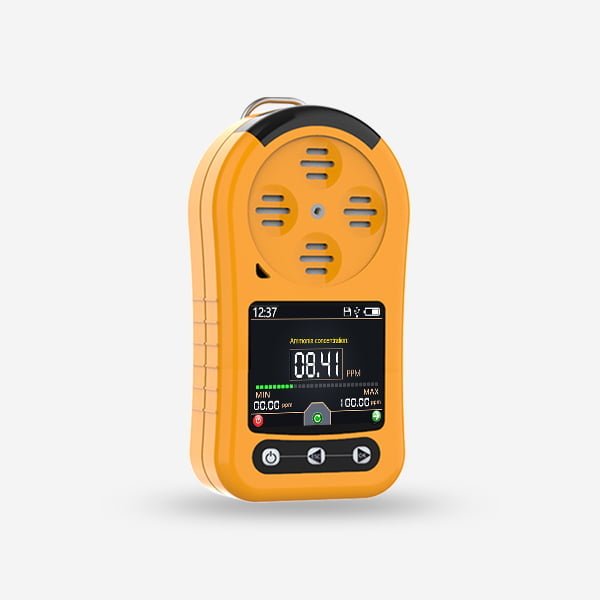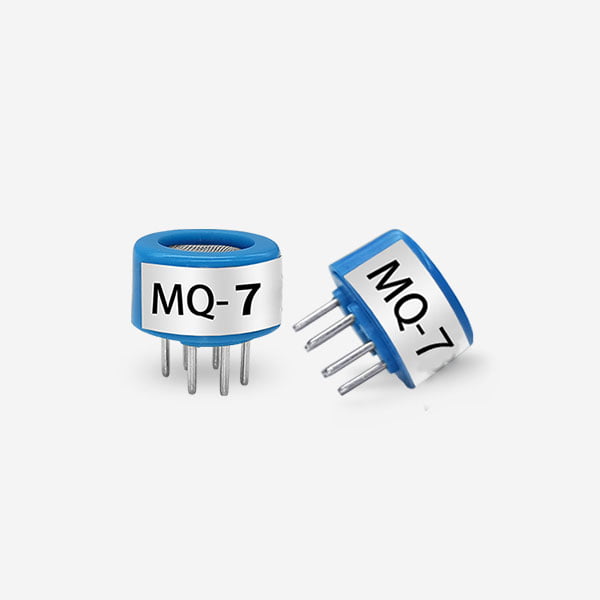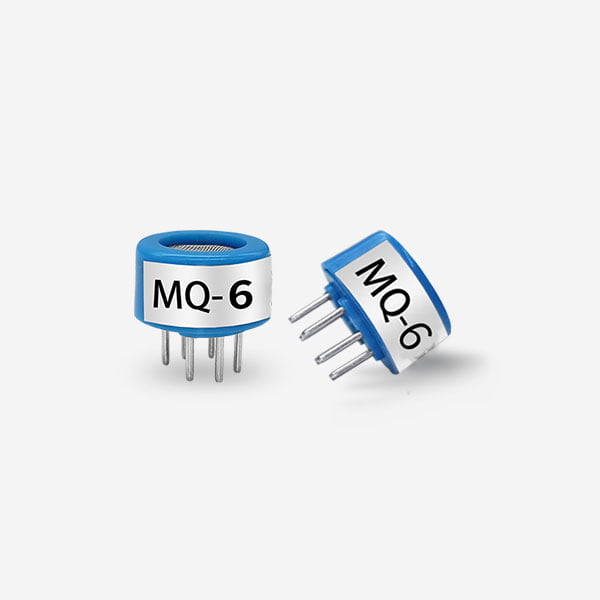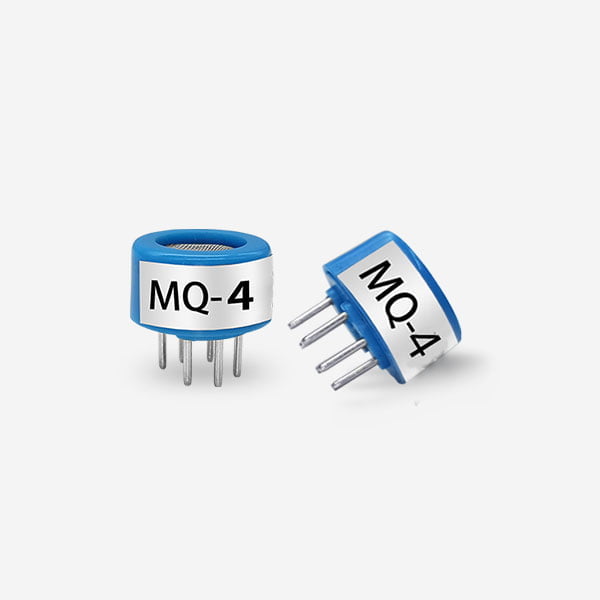Gas detectors are essential devices used to monitor and detect the presence of hazardous gases in various environments to ensure safety and prevent potential risks. The best device for detecting gas, commonly known as a gas detector, depends on the specific requirements of the application, the type of gases to be detected, and the environmental conditions. Here are some popular types of gas detectors based on their detection technology:
- Portable Gas Detector:
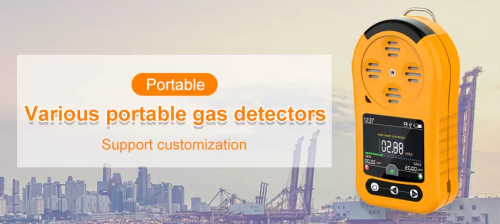
- Personal Gas Monitors: These compact and wearable devices are designed for personal safety monitoring in industrial settings, confined spaces, and hazardous work environments. They typically detect a range of gases, including toxic gases, combustible gases, and oxygen levels.
- Fixed Gas Detector:
- Fixed Gas Detection Systems: These are installed in fixed locations to continuously monitor gas levels in industrial facilities, laboratories, manufacturing plants, and other critical areas. They provide real-time data and alarms for gas leaks, spills, or abnormal concentrations.
- Wireless Gas Detection Systems: These systems use wireless technology to transmit gas detection data to a central control panel or a remote monitoring station. They are ideal for large facilities, remote sites, and applications where wiring is challenging.
- Multi-Gas Detector:
- Multi-Gas Monitors: These devices can detect multiple gases simultaneously, offering comprehensive monitoring capabilities for various hazardous gases. They are commonly used in industrial safety, emergency response, and environmental monitoring.
- Photoionization Detectors (PID):
- PID Gas Detectors: These detectors use a UV lamp to ionize gas molecules, allowing for the detection of volatile organic compounds (VOCs) and other gases with low ionization potentials. They are widely used in industrial hygiene, environmental monitoring, and indoor air quality assessments.
- Infrared Gas Detectors:
- Infrared Gas Sensors: These detectors utilize infrared light to measure the absorption of specific gases, such as carbon dioxide (CO$ _2 $), methane (CH$ _4 $), and hydrocarbons. They are known for their accuracy, stability, and resistance to cross-interference from other gases.
- Catalytic Bead Sensors:
- Catalytic Gas Detector: These sensors detect combustible gases by measuring the heat of combustion using a catalytic bead. They are commonly used for monitoring flammable gases in industrial environments, refineries, and oil and gas facilities.
When selecting a gas detector, it is important to consider factors such as the type of gases to be detected, sensor technology, detection range, sensitivity, response time, calibration requirements, data logging capabilities, and certification standards. It is recommended to consult with safety professionals, manufacturers, or distributors to choose the most suitable gas detector for your specific application to ensure effective gas detection and safety compliance.

